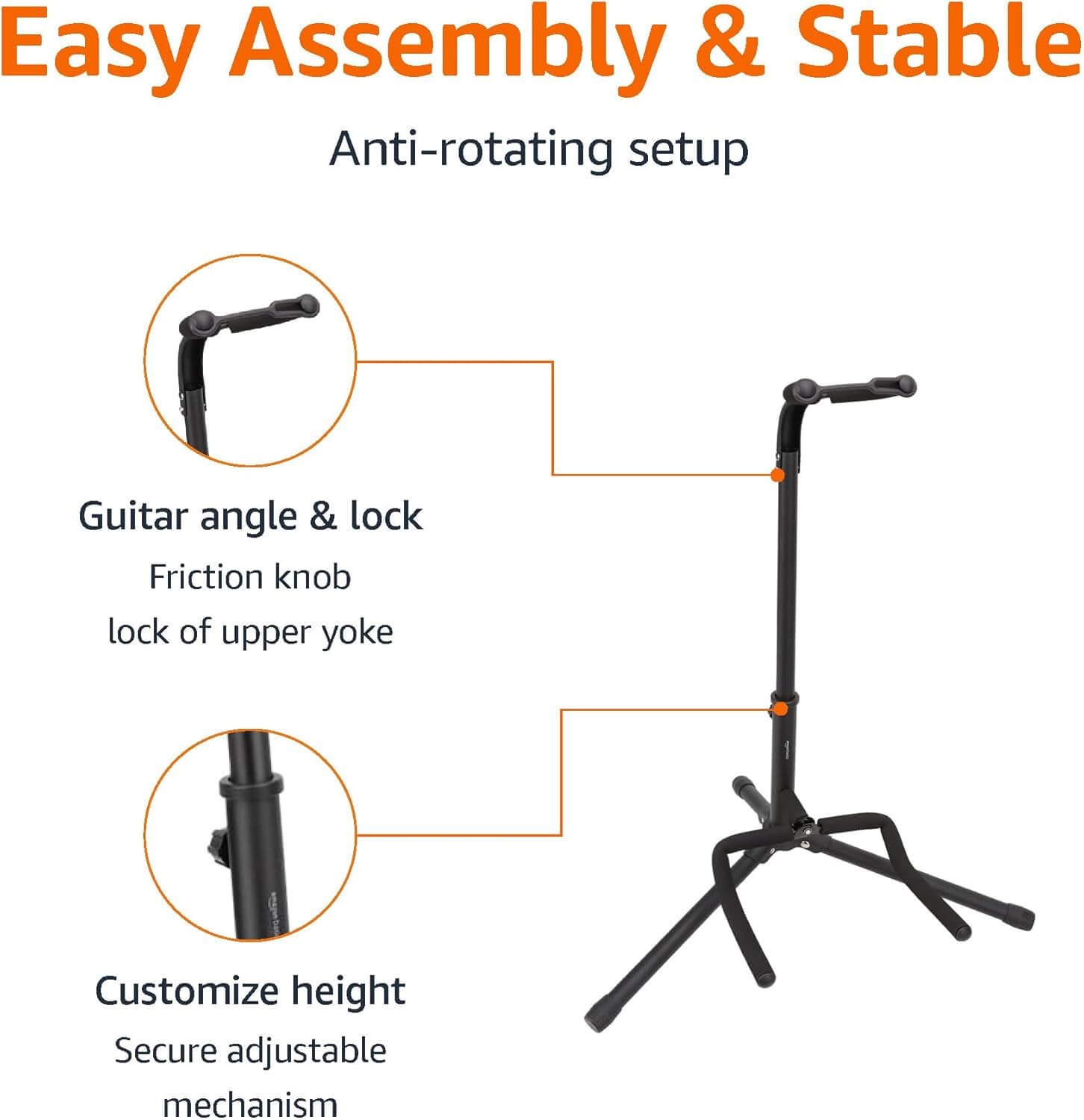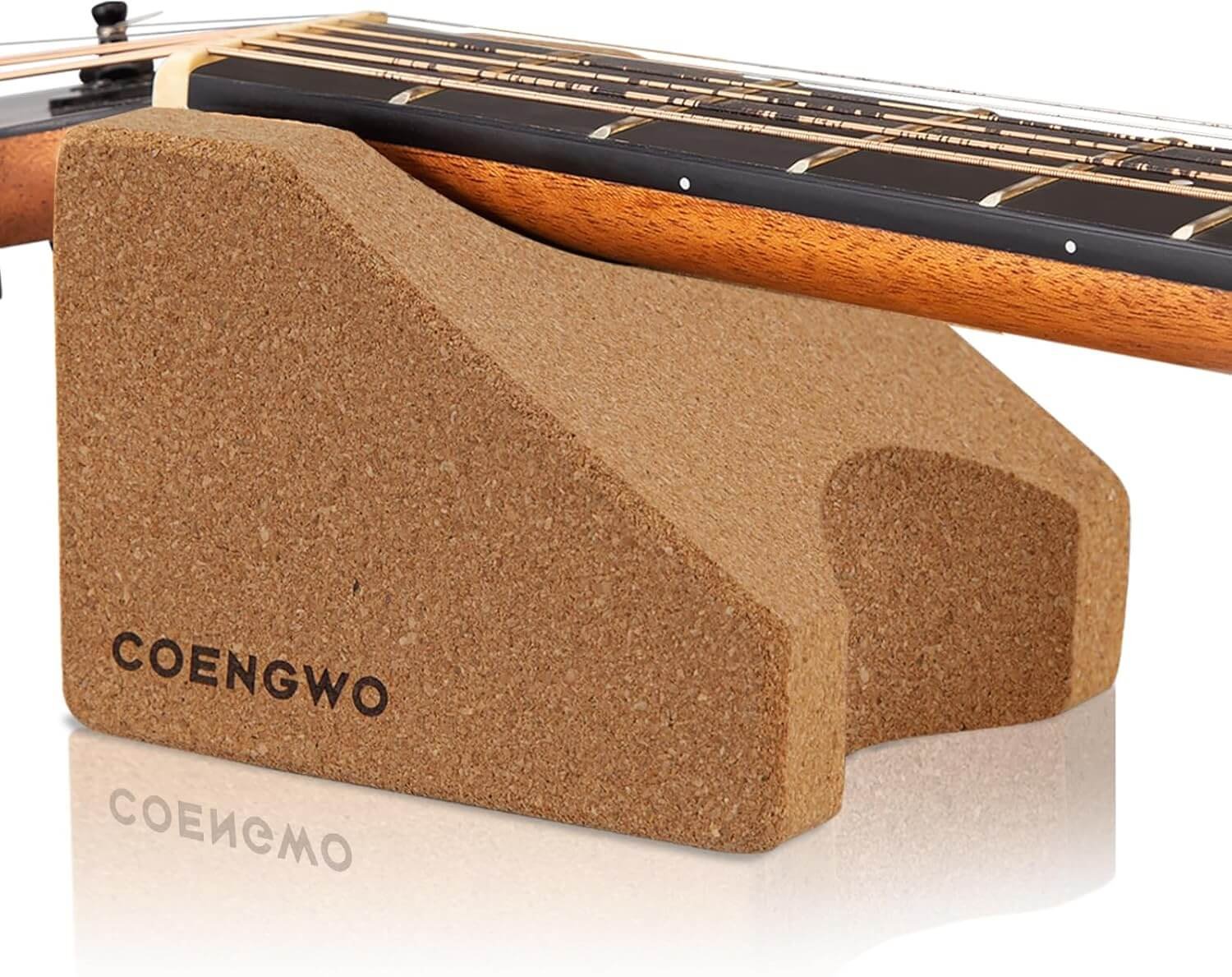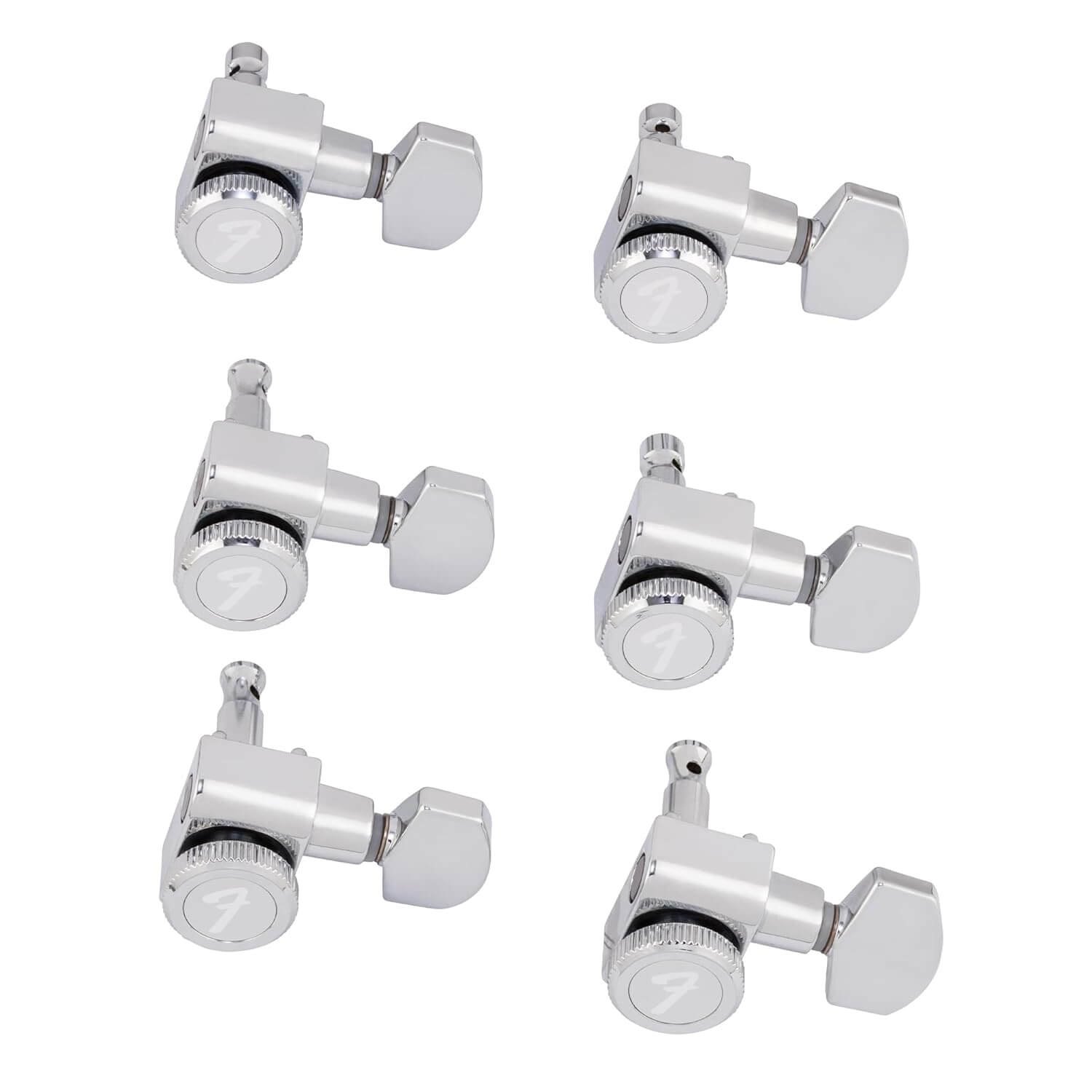Introduction to Guitar Neck Rests
A guitar neck rest is an essential accessory for musicians who want to maintain the longevity and integrity of their string instruments. This simple yet effective device serves an important role in providing support to the neck of guitars, ukuleles, banjos, and other similar instruments. By ensuring the neck is properly supported, a guitar neck rest helps to prevent any warping or damage that can occur over time, particularly when the instrument is not in use.The primary purpose of a guitar neck cradle support is to protect the delicate components of string instruments, which can be highly susceptible to changes in humidity, temperature, and physical stress. Without the proper support, the tension from the strings can lead to neck bending or even permanent harm, rendering the instrument unplayable. A well-designed neck rest not only provides stability but also facilitates maintenance tasks such as string changes and tuning adjustments, allowing the musician to focus on their craft rather than worrying about potential damage.Furthermore, the use of a guitar neck rest helps in creating a safe environment for storage and display. Musicians often need to place their guitars in various positions, and a neck rest ensures that the instrument remains secure. Investing in a high-quality guitar neck cradle support is a wise decision for any musician, as it reflects a commitment to maintaining the beauty and functionality of their instrument.As we explore the various benefits and options available for guitar neck rests, it becomes clear that these accessories are not merely an afterthought but a fundamental part of effective instrument care. By incorporating a neck rest into your routine, you will not only enhance your playing experience but also extend the life of your beloved guitars and similar string instruments.
Benefits of Using a Guitar Neck Cradle
The use of a guitar neck cradle support significantly enhances the overall maintenance and playability of guitars, providing essential advantages for musicians of all skill levels. One of the primary benefits of utilizing a guitar neck rest is its role in preventing neck damage. By securely holding the instrument in place during tuning or string changes, it minimizes the risk of accidental slips that could lead to structural damage. This is particularly important for guitars with delicate necks, as sudden jolts can compromise the instrument’s integrity over time.Additionally, a guitar neck cradle fosters improved playability. When a guitar is properly supported, the musician can focus more on technique rather than being preoccupied with balancing the instrument. This is especially relevant during intense practice sessions, where distractions can hinder a player’s progress. A stable guitar neck rest allows for prolonged periods of playing without discomfort, which is vital for developing skills and achieving a higher level of musicianship.Moreover, using a guitar neck cradle support increases the efficacy of routine maintenance practices. For example, changing strings, adjusting the truss rod, or performing fretwork can be executed seamlessly when the guitar is immobilized in a cradle. This stable setup allows musicians to achieve the necessary precision during maintenance tasks, resulting in better tuning stability and prolonged lifespan of the instrument. Furthermore, emerging musicians can benefit greatly from the stability offered by a guitar neck rest while they learn various maintenance techniques, demystifying proper instrument care.Incorporating a guitar neck cradle into regular routines—whether for practice, performance, or maintenance—provides valuable support that enhances a musician’s relationship with their instrument. It is an essential item for both amateur and professional guitarists aiming to extend the longevity of their guitars while improving their playing experience.
Features to Look For in a Neck Support Pillow
When selecting a guitar neck rest, several key features should be taken into account to ensure optimal support and usability. One of the foremost aspects is the material quality. High-quality materials provide better durability and comfort. Look for neck rests made from soft foam or memory foam, which conform to the shape of the instrument and provide maximum cushioning. Additionally, the outer fabric should be breathable and easy to clean to maintain hygiene and prolong the life of the rest.Design is another critical feature to consider. A well-designed guitar neck cradle support not only protects the instrument but also makes it easier to play while comfortably resting it. Ensure the design allows for stability, preventing the guitar neck from slipping or shifting during use. Some models come equipped with adjustable settings, enabling users to customize the height according to their specific needs, further enhancing playability.Compatibility with various instruments is also essential when choosing a guitar neck rest. Many players own multiple guitars, each with different body shapes and neck lengths. A versatile neck support pillow will accommodate a range of guitar models, including electric, acoustic, and bass guitars. Some products even offer adjustable widths to suit different neck profiles, ensuring a snug fit without risk of damage to the instrument. This adaptability is particularly valuable for musicians who frequently switch between different guitars.Lastly, consider the portability and weight of the guitar neck rest. For musicians who travel frequently, a lightweight and compact design can significantly facilitate transport without encumbering overall gear load. By prioritizing these features, musicians can make an informed decision and select the best guitar neck cradle support for their needs.
Perfect for Luthiers and Maintenance
For luthiers, the precision involved in guitar maintenance and repairs necessitates the use of specialized tools, one of which is the guitar neck rest. This tool serves a critical purpose in safeguarding the instrument’s neck while work is being performed. By providing a stable and supportive surface, a guitar neck cradle support minimizes the risk of damage that can occur during various maintenance tasks, such as string changes, fretwork, and truss rod adjustments. Without the proper support, a guitar’s neck can be accidentally strained or misaligned, leading to costly repairs and dissatisfaction for both the luthier and the instrument’s owner.The functionality of a guitar neck rest allows luthiers to work with confidence. It keeps the neck in the optimal position, preventing unnecessary movement that could result in scratches or dings. Furthermore, a well-designed neck cradle ensures that the instrument is held securely in place, freeing the luthier’s hands to carry out intricate tasks without the constant worry of the guitar slipping or twisting. Having a dedicated neck rest in a luthier’s workspace is thus an essential investment for any professional aiming to achieve high-quality results.Moreover, utilizing a guitar neck cradle support can help streamline the workflow within a luthier’s shop. The simplicity of placing the instrument securely allows for a focus on the finer details of guitar repair and maintenance. As a result, luthiers can dedicate more time to honing their craft, improving overall efficiency and productivity. In professional settings where multiple instruments are repaired on a daily basis, the neck rest becomes an invaluable asset that enhances the quality of work performed.In conclusion, the guitar neck rest not only protects the instrument but also significantly contributes to the quality and efficiency of work done by luthiers. By integrating this essential tool into their workspace, luthiers can ensure that they meet the high standards expected in guitar maintenance and repairs.
Comparison of Types of Guitar Neck Rests
The market for guitar neck rests features a variety of styles, each designed to fulfill specific needs for both professionals and hobbyists. Understanding the differences can help users determine which type is best suited for their instruments and personal preferences. Primarily, the three main types of guitar neck rests include padded supports, rigid cradles, and adjustable models.Padded guitar neck rests are often favored for their gentle cushioning, which provides protection to the instrument while in use. These models are typically lightweight and portable, making them ideal for musicians on the go. However, the downside is that they may not provide as much support for heavier guitars, which could lead to instability during sessions. Musicians who prioritize comfort and ease of transport may find these models to be the most accommodating option.On the other hand, rigid guitar neck cradles deliver superior stability and protection for the instrument. These supports often feature a solid base and are designed to securely hold the neck of the guitar in place. The advantage of this type is its reliability during maintenance, such as changing strings or performing fretwork. Yet, the rigidity may make some models less portable, potentially making them a less appealing choice for those who frequently travel.Lastly, adjustable guitar neck supports combine the benefits of both padded and rigid models. These versatile options allow users to customize the resting angle and height to match their specific requirements. While this adaptability can enhance comfort and usability, it may also mean a slightly higher price point compared to standard neck rests. Users seeking a tailored experience might find that adjustable guitar neck rests provide a compelling solution.When choosing a guitar neck rest, it is important to weigh these pros and cons according to one’s specific needs and playing style. Each option has unique features that cater to different preferences, ensuring that every guitarist can find the right cradle support for their instrument.
Testimonials from Musicians
Musicians often face challenges in instrument care, particularly regarding the maintenance and protection of their guitars. A common concern has been the proper support for the guitar neck during storage or repair. Many musicians have turned to the guitar neck rest for its practicality and efficiency. John, a professional guitarist with over ten years of experience, notes, “Using a guitar neck cradle support has changed the way I handle my guitars. It provides stable support, preventing the neck from bending and allowing me to focus on playing without worrying about potential damage.”Similarly, Jane, an avid collector of vintage guitars, shares her experience. “I’ve always been cautious about how I store my instruments. Since I started using a guitar neck rest, I have noticed a significant decrease in my anxiety about the physical condition of my guitars. The neck cradle support ensures that my instruments remain in top shape, which is crucial given their age and value.” Jane’s testimony highlights the importance of reliable support in preserving the quality of musical instruments.Furthermore, a music instructor, Michael, emphasizes the benefits of using a guitar neck rest in a teaching environment. He states, “When demonstrating various techniques, having a guitar neck cradle support positioned correctly makes it so much easier to handle the guitar safely. It allows my students to see the nuances of playing without the instrument slipping or risking damage.” This practicality enhances not only the experience of learning but also the care taken for the instruments involved.These testimonials clearly indicate that a guitar neck rest and its supportive features play a crucial role in maintaining the integrity of guitars, highlighting the product’s effectiveness across diverse musician experiences. Potential buyers can take comfort in the positive feedback from those who have benefitted from these products, encouraging them to consider a guitar neck cradle support for their own needs.
How to Properly Use a Neck Support Tool
Utilizing a guitar neck rest or cradle support effectively is crucial for safeguarding your instrument during practice, maintenance, or repairs. Start by selecting a stable surface, ensuring that it does not wobble or shake. This is important, as the presence of any unevenness can lead to accidental damage to your guitar.After placing your guitar neck rest on the chosen surface, carefully position the guitar. The neck should rest securely in the cradle support, allowing the body of the guitar to be supported adequately without being subjected to unnecessary pressure. This not only provides stability but also ensures that the strings remain taut and the guitar’s neck retains its shape. It is advisable to check that the cradle is aligned properly with the guitar’s neck and body before proceeding with any maintenance or adjustments.When using a guitar neck rest, prioritizing your safety and the integrity of the instrument is essential. Always keep your workspace clean and devoid of any substances that may accidentally spill onto the instrument, such as drinks or oils. This preventive measure will enhance the longevity of your guitar’s finish and overall condition.During practice sessions, the neck cradle can be beneficial for different playing techniques, allowing for the correct hand positioning without straining. Additionally, while performing maintenance tasks such as string changes or truss rod adjustments, a neck support tool becomes invaluable. It frees up both hands to focus on the task at hand, resulting in a more efficient process.In conclusion, using a guitar neck rest properly is essential to enhance both practice efficiency and instrument care. By ensuring secure positioning, maintaining a clean workspace, and leveraging the neck cradle support during maintenance, guitarists can minimize the risk of damage while maximizing their playing experience.
Cost vs. Value: Is It Worth It?
When considering whether to invest in a guitar neck rest, one must evaluate both the initial cost and the long-term benefits it provides. The market offers a variety of guitar neck cradle support options at different price points, allowing musicians to find a model that fits their budget. Basic models may range from $10 to $30, while more advanced or specialized options can go upwards of $100. It is essential to not only consider the price but also the materials used in construction, durability, and overall design.Investing in a quality guitar neck rest offers several advantages that may justify the initial expense. One of the primary benefits is the protection it offers to the instrument during maintenance or storage. Using a neck cradle support reduces the risk of damage caused by incorrect positioning, which can lead to costly repairs down the line. Additionally, a well-designed guitar neck rest can enhance the playing experience by providing better accessibility while working on the instrument. This is particularly important for guitarists who routinely change strings, make adjustments, or clean their guitars.Moreover, a guitar neck rest promotes proper maintenance practices by encouraging players to keep their instruments in optimal condition. Considering the potential lifespan of a guitar and the costs associated with repairs or replacements, the investment in a neck cradle support could be seen as a wise financial decision. The assurance that your instrument is well supported and protected can enhance your overall experience and enjoyment while playing.In conclusion, while the initial cost of a guitar neck rest might seem significant, the long-term value it provides in terms of protection, maintenance, and playability often outweighs the upfront expenses. Ultimately, the decision to invest in this tool should be made with consideration of one’s priorities and the extent of their commitment to maintaining their instrument.
Where to Buy Your Guitar Neck Rest
Selecting a quality guitar neck rest is essential for preserving the integrity of your instrument while providing optimal support during maintenance and setup. Fortunately, there are various reputable places where musicians and hobbyists alike can purchase a guitar neck cradle support, whether online or in physical stores. This ensures that users can easily find a product that meets their specific needs.One of the most convenient options is to shop online. Several well-established retailers specialize in musical instruments and accessories. Websites such as
Amazon, Musician’s Friend, and Sweetwater offer a comprehensive selection of guitar neck rests. These platforms provide customer reviews, product descriptions, and comparisons, allowing buyers to make informed decisions. Additionally, many of these sites have promotional offers and shipping conveniences to enhance the shopping experience.For those who prefer purchasing in person, local music stores are a great option. These establishments often have knowledgeable staff who can assist in selecting the right guitar neck cradle support tailored to your needs. Visiting a physical store also allows customers to see the product firsthand and sometimes try it out before making a purchase. Chain stores like Guitar Center and smaller, independent shops often stock a variety of guitar maintenance tools, including neck rests.In addition to these options, consider checking online marketplaces or auction sites for second-hand products. However, when buying used items, it is crucial to evaluate the condition and ensure the quality meets your standards. By exploring these various venues, finding the right guitar neck rest will be more manageable and convenient.




